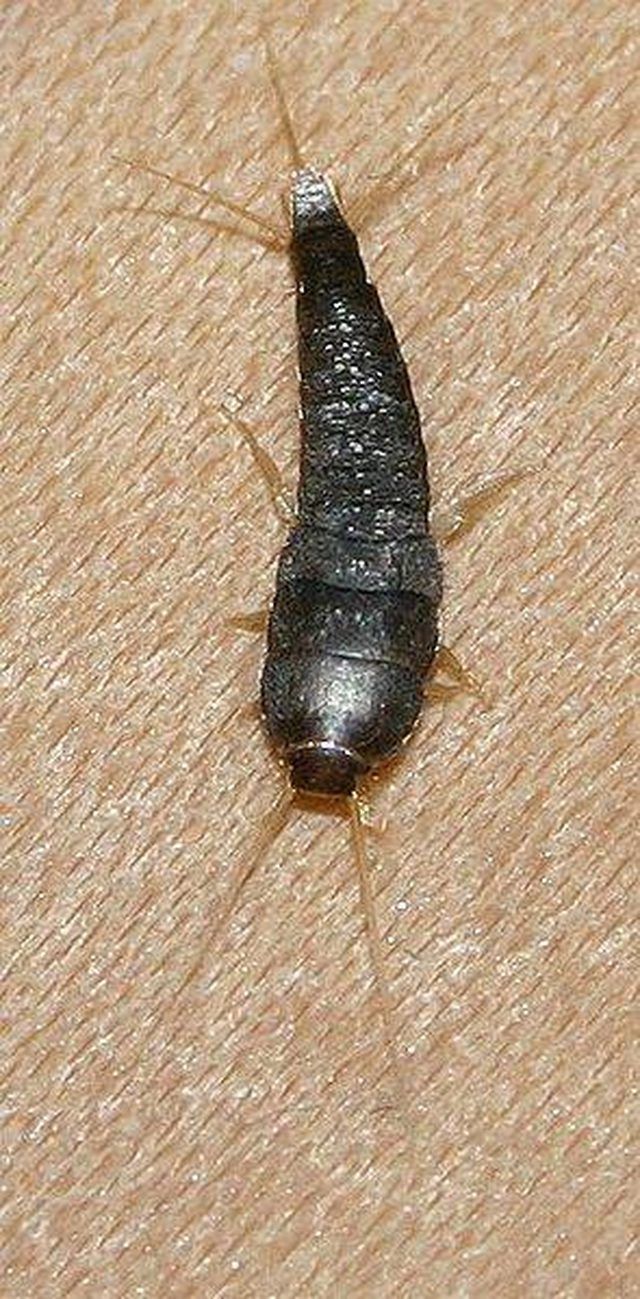Bulbs
Flower Basics
Flower Beds & Specialty Gardens
Flower Garden
Garden Furniture
Garden Gnomes
Garden Seeds
Garden Sheds
Garden Statues
Garden Tools & Supplies
Gardening Basics
Green & Organic
Groundcovers & Vines
Growing Annuals
Growing Basil
Growing Beans
Growing Berries
Growing Blueberries
Growing Cactus
Growing Corn
Growing Cotton
Growing Edibles
Growing Flowers
Growing Garlic
Growing Grapes
Growing Grass
Growing Herbs
Growing Jasmine
Growing Mint
Growing Mushrooms
Orchids
Growing Peanuts
Growing Perennials
Growing Plants
Growing Rosemary
Growing Roses
Growing Strawberries
Growing Sunflowers
Growing Thyme
Growing Tomatoes
Growing Tulips
Growing Vegetables
Herb Basics
Herb Garden
Indoor Growing
Landscaping Basics
Landscaping Patios
Landscaping Plants
Landscaping Shrubs
Landscaping Trees
Landscaping Walks & Pathways
Lawn Basics
Lawn Maintenance
Lawn Mowers
Lawn Ornaments
Lawn Planting
Lawn Tools
Outdoor Growing
Overall Landscape Planning
Pests, Weeds & Problems
Plant Basics
Rock Garden
Rose Garden
Shrubs
Soil
Specialty Gardens
Trees
Vegetable Garden
Yard Maintenance
Types of Silverfish
Types of Silverfish. Silverfish are ancient insects that have changed little from when their ancestors first crept upon the planet millennia ago. Also known as Bristletails, they are regarded as pests by many. They often damage clothing and paper products. Their bodies are teardrop shaped and generally covered in what appears to be scales with a...

Silverfish are ancient insects that have changed little from when their ancestors first crept upon the planet millennia ago. Also known as Bristletails, they are regarded as pests by many. They often damage clothing and paper products.
Their bodies are teardrop shaped and generally covered in what appears to be scales with a silvery to metal color. They have long antenna.
Silverfish shed their exoskeletons as many as 50 to 60 times throughout their lives and were once among the most common pests found in homes in the United States.
Bristletails
Bristletails are often referred to as a type of silverfish, but bristletails actually make up members of the Microcoryphia order of insects. There are 24 species of bristletails in the United States and 300 to 400 species in the world.
They are wingless with a cylindrical body. While many types of silverfish seek indoor environments, there are bristletails species found in grassy or wooded habitats, usually under bark, decaying leaves, in rocks or under stones.
Common Silverfish
The common silverfish, with the common name Leisma saccharina, is wingless and grows to about 1/2 inch in length. It seeks indoor environments that are damp---bathrooms, kitchens and basements. They are active at night and hide during the day, avoiding light. The common silverfish can live up to eight years.
Four-Lined Silverfish
The four-line silverfish, with the scientific name Ctenolepisma quadriseriata, has four dark lines down its stomach and is a bit longer than the common silverfish. The four-lined silverfish tends to live in flowerbed mulch and under roof shingles. If it moves indoors, it will often be found in attics.
Gray Silverfish
The gray silverfish, with the scientific name Ctenolepisma longicaudata, is completely gray and often dark in color. It tends to live in crawl spaces, attics and pipes in bathrooms.
Firebrat
The firebrat, scientific name Thermobia domestica, is oblong with a yellowish body. It seeks out living conditions where the temperature is 90 degrees or hotter, such as around furnaces and fireplaces. It can also often be found in insulation that surrounds heating pipes. These insect feeds mostly at night and seeks out book bindings and paper products.
Jumping Bristletail
Jumping Bristletail, with the scientific name Pedetontus sp., grows to size of more than 1/2 inch in length and is silver or gray in color. These tend to live under rubble, stones, decaying leaves and bark.